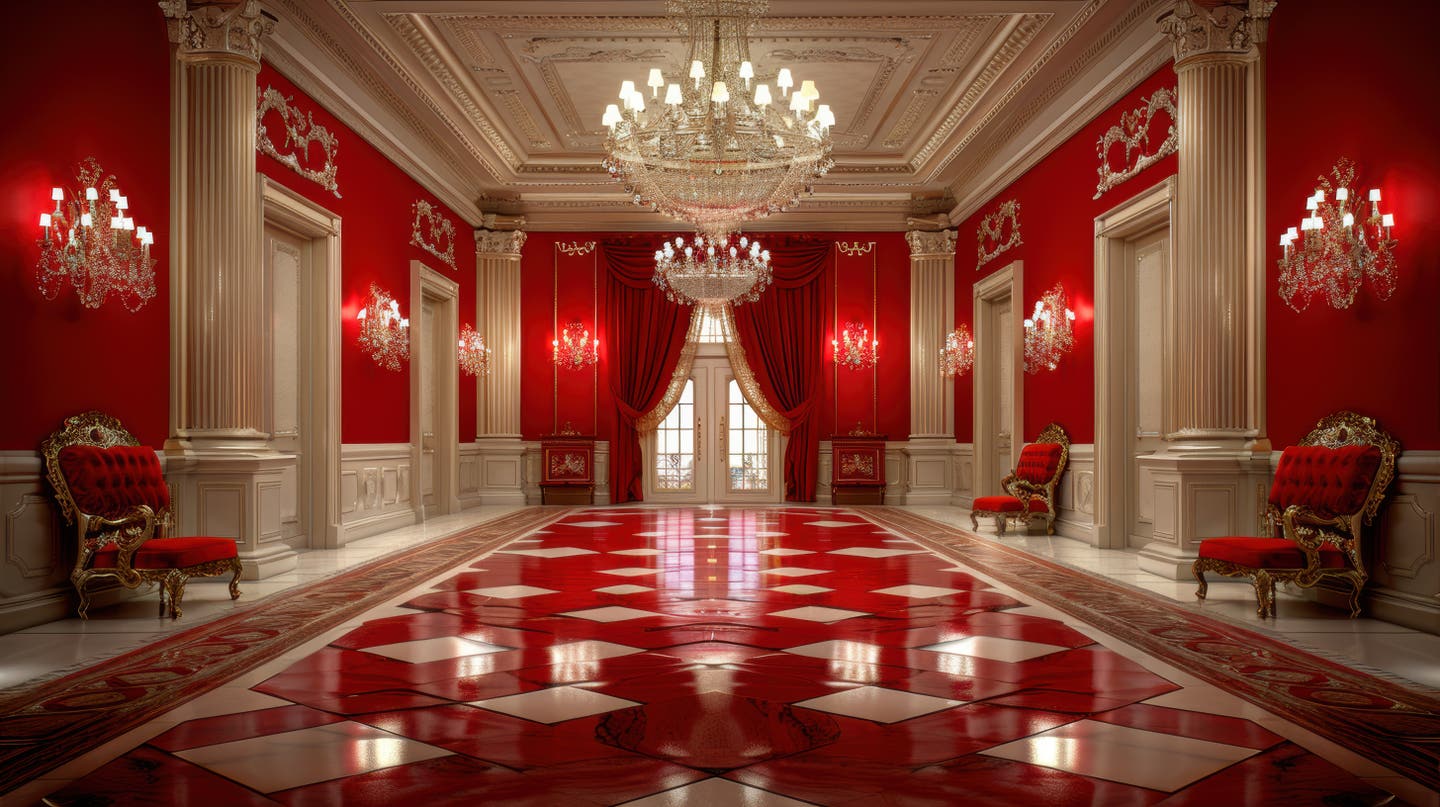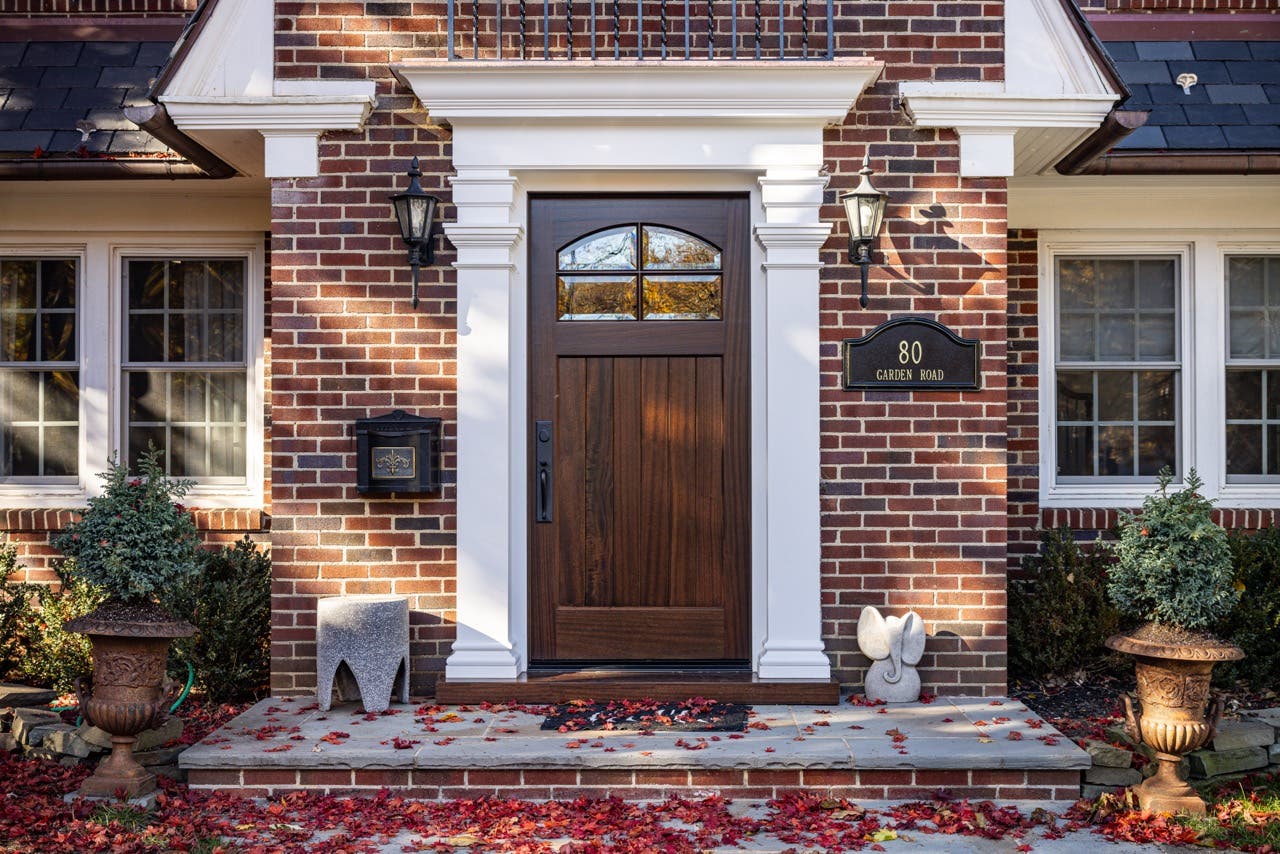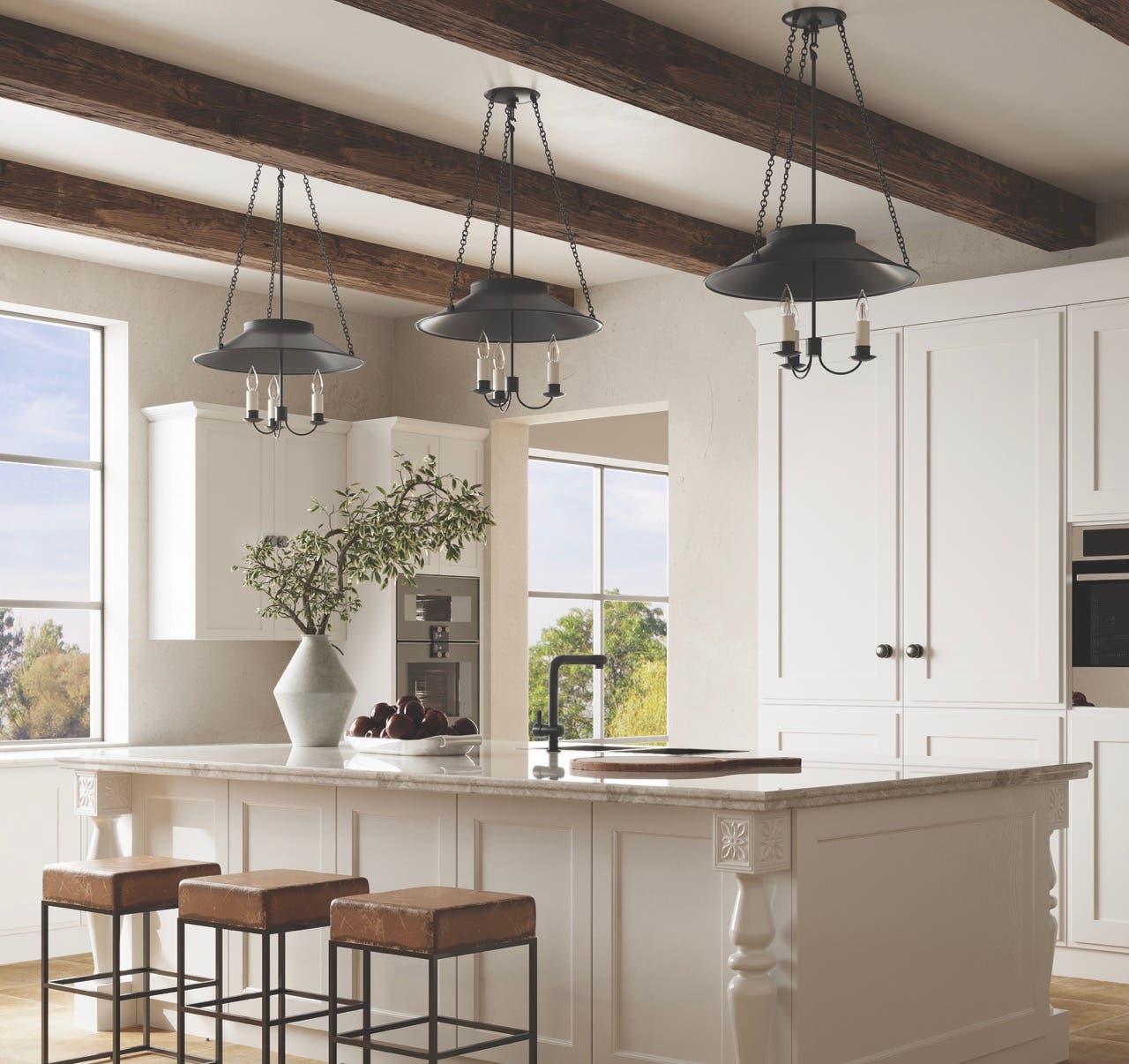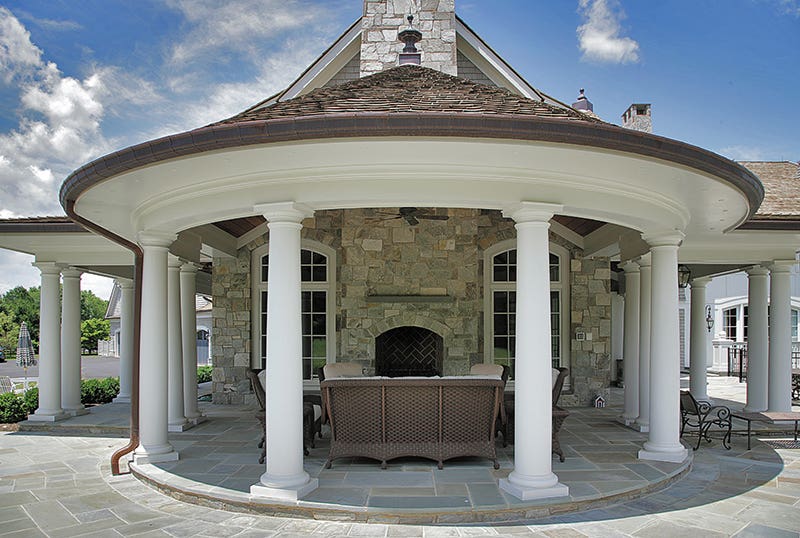
Product Reports
Specifying Columns
Columns come in many styles, sizes and materials. Whether you are looking for a rectangular or circular column, a fiberglass or wood column, a decorative or structural column, the following manufacturers can help you find it. They will make sure that the column is appropriate for your use and fits with your design.




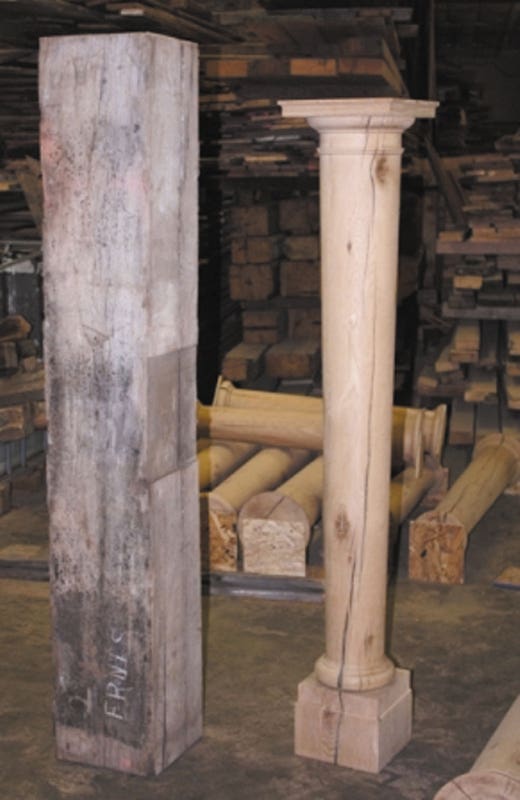
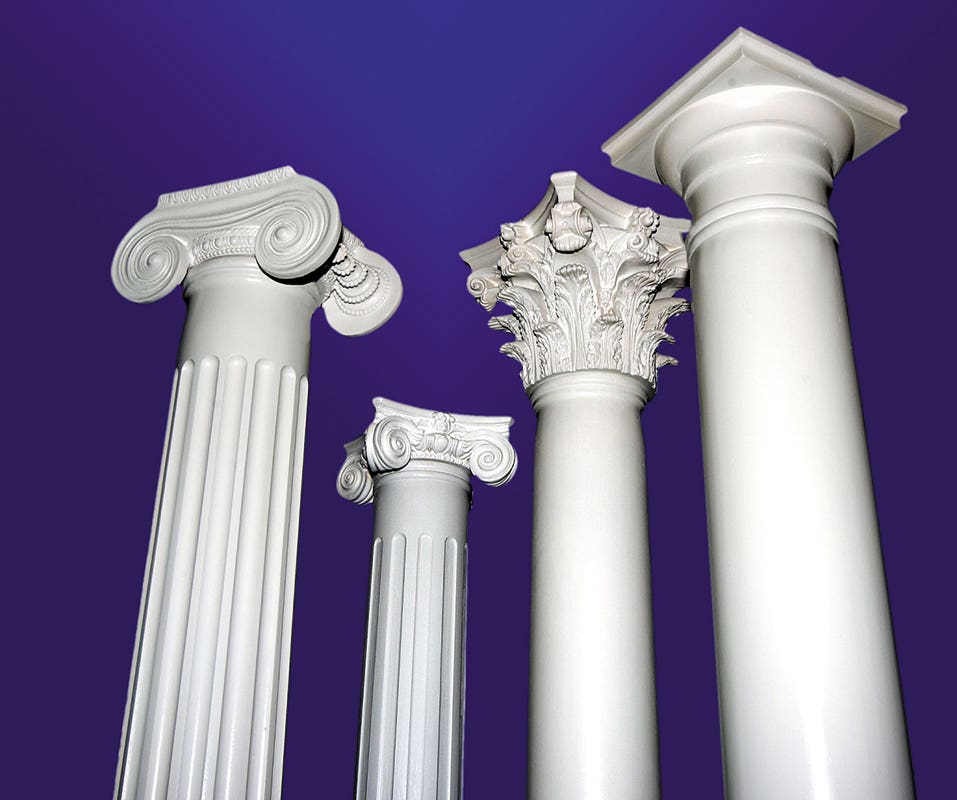
Architectural Products by Outwater, LLC, of Bogota, NJ, offers a selection of primarily stock columns in fiberglass, wood, aluminum, polyurethane, and cellular PVC. Of these materials, fiberglass is the most popular. “Fiberglass is versatile,” says Thomas Mack, purchasing product manager at Outwater. “It can be used in both interior and exterior applications, and it’s very durable, low maintenance and cost effective.” Fiberglass columns from Outwater are available in many different styles, including square and round, non-tapered, tapered, plain and fluted.
Chadsworth Columns, of historic Wilmington, NC, provides a variety of custom and stock columns in wood, PolyStone®, fiberglass and PVC. “The custom line is most popular during economic downturns, such as we are experiencing now,” says Jeff Davis, owner of Chadsworth. “When the economy picks up, then our mass-produced stock line does better. Currently we are experiencing a higher sales volume from those entities or individuals who have more disposable income and those particular projects have more often specified higher-end product lines.”
West Haven, CT-based Fagan Design & Fabrication, Inc. has a niche in the column market, since the company produces large-scale wood turnings to custom specifications. “Our specialty is replication for historic preservation projects,” says Lisa Spetrini, an estimator at Fagan Design. “We only work in wood and we only do custom work, which means that concerns about specifying columns are unique.”
Column Specifications
No matter the architectural element, when placing an order, manufacturers need to know the specifications. “Since Outwater is primarily a catalog company,” says Mack, “we provide all the specifications for the customer to review. All they need to do is check off the item number and indicate the quantity.”
If the columns are intended for the outdoors, resistance to moisture decay and insect attack are essential. “There is a growing awareness about sustainability and good forestry practices,” says Spetrini. “Clients request reclaimed wood and local species.” To that end, Fagan Design offers columns made of antique wood and FSC-certified hardwoods.
Redwood used to be the principle wood species for exterior, paint-grade columns, but it was replaced by Western red cedar. There are plenty of other wood species that make great columns – including Spanish cedar, cypress, white oak and alder. “If customers are looking for additional information, we point them to the Wood Handbook from the Forest Products Laboratory,” says Spetrini.
There have been many changes in other materials as well. In the past ten years, cellular PVC and PolyStone were developed. “The technology to create fiber-wound columns and FRP columns is also fairly recent,” says Davis. “The columns in these materials are stronger and we have been able to bring the costs down.”
Column manufacturers prefer to work from architectural drawings, but can fabricate columns from sketches and photographs, as well. “Architects and builders usually provide drawings,” says Davis. “They know we prefer to have drawings; that things will proceed more quickly and smoothly.” This is especially important for the PolyStone line from Chadsworth, because the company needs to build a pattern and develop a mold.
Homeowners, according to the suppliers, require more handholding, since they are usually uneducated in this field. “Architects inquire about product lines and new materials and processes,” says Davis. “Homeowners need help with the basics – proportions and style. At Chadsworth, we work very closely with them on selecting the appropriate columns for the job.”
“Outwater has designed the catalog to be helpful to all types of customers so they can make an informed decision,” says Mack. “We also have an inside sales staff to assist with the ordering process and help point out various options.”
Regardless of whether there are drawings or just photographs, column manufacturers say that many times they are able to suggest subtle changes that can save the customer money. “With builders and homeowners especially, we can usually offer a less expensive alternative if one is available,” says Davis.
Tell All
The more information one can provide the manufacturer the better. This includes the obvious, from the drawings and specs, to architects’ preferences and bottom line. “Knowing more about the project will allow us to offer advice in regards to materials and pricing,” says Davis.
Spetrini says letting the shop know of design references can aid the manufacturer in choosing a column. “In past jobs, architects, especially the Classicists, have shared their design inspirations for the building or detailing,” she says. “Asher Benjamin’s column interpretations are great. Robert Chittum representations came up in a recent project.”
Being informed of the principle objective can also help both the architect and the column manufacturer. “When it’s the bottom line that’s important, we can value engineer the order,” says Spetrini. “If being sustainable is your primary goal, we will work with you to achieve that.”
Avoiding Mistakes
Some problems can be avoided by providing careful specs. For one, field measurements are imperative. “You can’t always trim a column in the field,” says Spetrini. “It might mess with the proportion, which is the key to a good column.” Specifying a column that has the wrong proportions for its application is a fairly common mistake. “Customers often want to use a smaller diameter column when a larger diameter will make more of an architectural impact,” says Mack. “In most cases it will look more appropriate for the structure, not to mention give more visual bang for the buck.”
Other issues arise with installation. “The biggest mistakes we see are in how the columns are installed,” says Davis. “Many times, when trimming a column, the customer will trim from the top of the shaft instead of the bottom, thereby deleting the details of the astragal, necking and echinus. Improper ventilation of wood columns and installing columns incorrectly under the soffit – lining up the neck with the entablature – are other common installation mistakes.”
Instructions are provided with each order, but they need to be followed closely to ensure correct installation. Also, it is best to employ contractors or builders who are experienced with column installation.
Basic research – sometimes a simple phone call to the manufacturer – can prevent issues with installation. Mack describes a misunderstanding that led to cracking of the columns: “A customer filled the bottom third of about a dozen fiberglass columns with cement, thinking that they needed to be reinforced. This was unnecessary, because the columns are load-bearing and structural on their own. The columns cracked, because the cement expanded inside the columns.”




